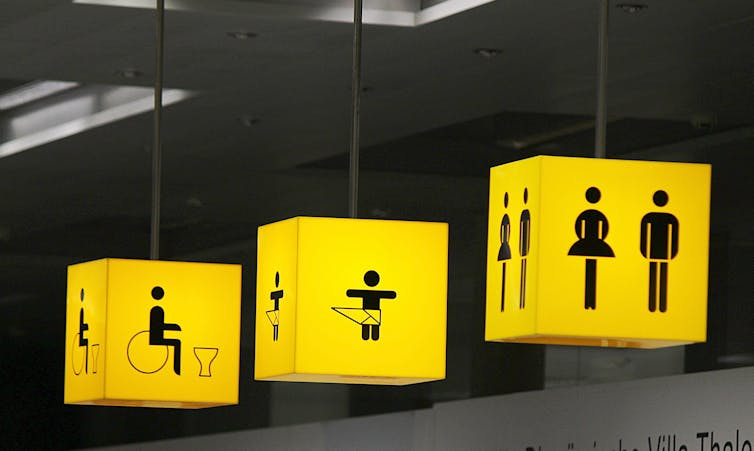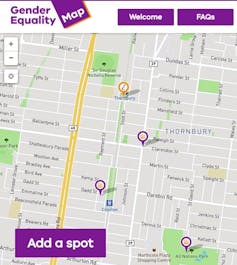by Eleni Katrini, Shareable: https://www.shareable.net/blog/creating-the-everyday-commons-the-need-to-consider-space-in-sharing-initiatives
Analysis: Imagine living in a neighborhood where you can learn from your neighbors, grow your own food, participate in your child's education, and invest back to your community's well-being through your daily transactions. If you're reading this article, you're probably interested in or already involved in a community garden, daycare cooperative, trade school, tool library, or other hyperlocal initiative. These projects, which can be found all around the world, allow communities to build their collective agency in solving everyday needs and create a local sharing culture, thus providing an alternative for more sustainable and socially just communities.
While the field of "urban commons" has been around for a while, there's limited research that investigates the relationship between initiatives like those listed above and physical space. My doctoral research at Carnegie Mellon University's School of Architecture in Pittsburgh, Pennsylvania, takes upon this exciting challenge of identifying spatial patterns of sharing practices.
In my research, I'm drawing from the fields of the commons, social practices, human behavior, architecture, and urban design, while investigating four contemporary case studies of sharing culture in London, U.K., and Athens, Greece. I'm interested in learning what a daycare cooperative, an alternative currency, a cultural center, and self-governed refugee shelter have in common with regards to their spatial attributes. Some of my early findings might be useful to others researching sharing and the commons, but more importantly, I think they can be insightful to those who are on the ground, working on amazing sharing and collaborative initiatives.
So, what have I learned so far?
Space acquisition and appropriation: In their early stages, sharing programs tend to run into the challenge of acquiring a space. Many cities often limit themselves to residential and commercial uses, with very little opportunities for communal, nonprofit uses. Even after a group has found a space, it is usually a space not designed for sharing. Given the inherent dynamism of sharing initiatives' activities, they tend to be creative in appropriating their spaces to accommodate emerging needs. Towards that end, a large open floor-plan space is usually preferred as it allows for flexibility and can afford a wide range of activities.
Identity and interactions: Sharing initiatives aspire to engage with the wider public by being open and accessible to all. To this end, it's important to consider the spatial attributes of a place — large, open doors, for instance, serve as porous spaces, inviting people outside of the group inside. However, beyond the physical "openness" of the space, there are non-spatial conditions such as territoriality and the projected identity of the group that can create barriers between the initiatives and the adjacent community. In those cases, the group needs to make an effort to engage with the neighborhood by extending its activities to adjacent public spaces. Nearby parks, sidewalks, or squares could be instrumental in providing a fertile ground for facilitating interactions between the initiative and those who may not have made it to the group's physical location.
Local ecosystem: Finally, for an initiative to be fully supported, it needs to be embedded in the daily routine of the people involved. The proximity of people's homes to the space is critical. That does not necessarily mean that sharing initiatives should be located in purely residential areas. Finding a place that has a good mix of residential area and local commerce is important for the initiatives to place themselves within a supportive ecosystem of people, organizations, and businesses.
This piece is based on the paper "Creating the Everyday Commons; Towards Spatial Patterns of Sharing Culture," published by Bracket Magazine.











